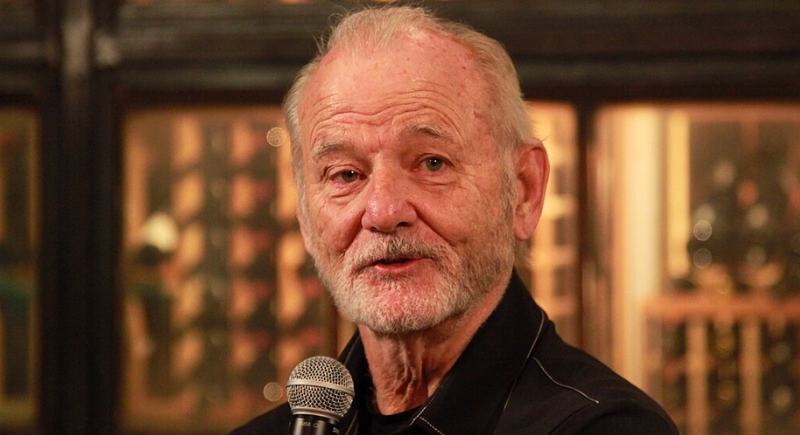Ireland’s Most Unusual Ball Sport That Turns an Entire Village Into a Raucous Stadium Once a Year
Every autumn in East Cork, a two-kilometer country road becomes the stage for one of Ireland’s most unusual ball sports. Road bowling, a centuries-old tradition where players hurl 28-ounce iron balls down winding lanes, draws thousands of spectators and competitors to the small village of Ballincurrig. It began as a local pastime, and has grown into an international gathering that now attracts bowlers from across Europe and beyond.
The annual King and Queen of the Roads tournament has put this small corner of Ireland firmly on the sporting map. Its mix of athletic skill, community spirit, and the unpredictability of potholes and sharp bends has survived centuries of social change.
The Roots Of A Rolling Tradition
The exact origin of road bowling remains a topic of debate. Some say British weavers brought it over, others point to Dutch soldiers in the 1600s who played a similar game while stationed in Ireland. Whatever its true beginning, by the 18th and 19th centuries, it had become a fixture in rural communities. Gambling also raised the stake.
Although the game eventually disappeared from much of the country, it held firm in Cork and Armagh. Local heroes such as Mick Barry, who famously threw a bowl over a viaduct in the 1950s, kept the sport in the public eye. Still, by the late 20th century, road bowling seemed to be on the verge of being relegated to nostalgia; it was even dismissed by some as a nuisance in modern traffic.
A Festival On The Roads
That all changed with the creation of the King and Queen of the Roads in 1985. Each autumn, Ballincurrig’s narrow lanes turn into a rolling festival ground. Thousands line the grass banks to shout advice, cheer, or place a wager on their chosen competitor. The men’s crown was awarded first, and by 1996, women had their own contest. These days, players from Ireland, Germany, the Netherlands, and, more recently, Italy travel to Cork to compete.
The event now draws around 5,000 people each year. Unlike stadium sports, the audience doesn’t stay seated. They walk alongside the competitors as the match plays out on the road. Traditional music, local food, and a closing procession with pipers turn it into a cultural celebration.
Going Global With A Viral Twist

Image via Wikimedia Commons/Timelessblue
The sport’s survival owes a lot to its recent visibility online. TikTok and Instagram clips of bowls flying down country bends have racked up views, while Facebook groups stream matches to worldwide audiences, including Ireland’s diaspora. Drone footage has also made the contests more watchable than ever.
This exposure has brought in a younger generation and introduced the game beyond Ireland’s borders. In West Virginia, Irish heritage festivals planted the seeds of a road bowling community that now holds regular tournaments. Then in 2025, actor Bill Murray gave the sport an extra boost by visiting Ballincurrig, grabbing a bowl, and later grabbing attention again by buying rounds at the local pub.
More Than A Game
For all the newfound attention, road bowling remains grounded in its traditions. The rules are still the same: one ball, one stretch of road, and the nerve to deliver under pressure. Cork players often prefer a spinning overarm release, while Armagh bowlers lean on underarm throws. Alongside them, “road showers” stand in the lanes, marking targets with a tuft of grass and guiding throws like caddies with nerves of steel.
Betting remains deeply tied to the contests, sometimes reaching into hundreds of thousands of euros. Training has modernized with swimming, cycling, and resistance work, but the biggest test remains mental toughness. A single mistake can undo an otherwise flawless performance. As veteran champion PJ Cooney once said, “the best sport in the world when you win,” and as Cormac Gribben said, “the loneliest when you lose.”